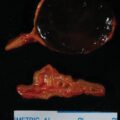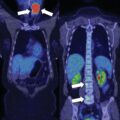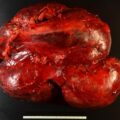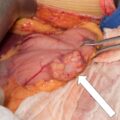Carney triad (described in 1977) is a rare, nonfamilial, multitumoral syndrome, with three tumors in the initial description: gastrointestinal stromal tumor (GIST), pulmonary chondroma, and extraadrenal paraganglioma. Subsequently, two other tumors, adrenal cortical adenoma and esophageal leiomyoma, were added as components—thus Carney triad is actually a “pentad.” Although it is rare, it is important for endocrinologists to be aware of this disorder because of the links to paraganglioma and adrenocortical tumors. The adrenocortical tumors are usually nonfunctioning adenomas. However, as highlighted in the case described herein, the adrenocortical tumor can secrete cortisol autonomously and lead to a perioperative catastrophe if not recognized before surgery.
Case Report
The patient was a 46-year-old woman referred for evaluation of recurrent gastric GISTs and an incidentally discovered left adrenal mass. At 11 years of age she had a 3.5-cm left carotid body tumor resected. At age 24 she presented with massive gastrointestinal bleeding and was treated with a partial gastrectomy for multiple gastric GISTs; it was also at that time that a posterior mediastinal paraganglioma was resected and multiple calcified pulmonary chondromas were noted on chest radiograph ( Fig. 22.1 ). She proved to be the index case for Dr. Aidan Carney’s original description of Carney triad. , No surgeries had been performed between ages 24 and 46 years. The current visit to Mayo Clinic was for evaluation of recurrent gastric GIST and a left adrenal mass. Esophageal leiomyomas and adrenocortical adenomas had recently been recognized to also be linked to Carney triad. ,
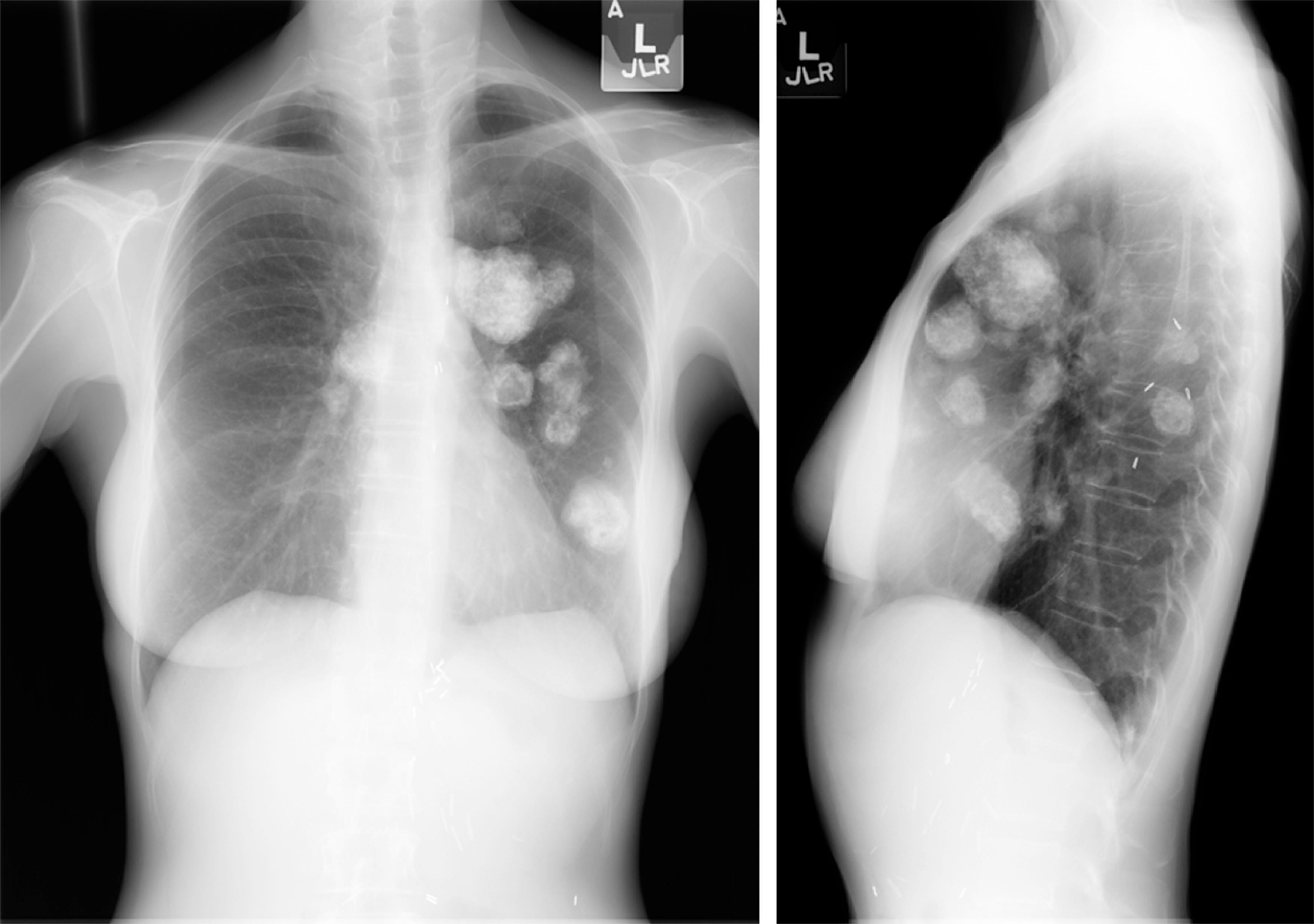
INVESTIGATIONS
A recent abdominal magnetic resonance imaging (MRI) scan showed two masses in the upper stomach (4 cm and 2.7 cm) and a 2 × 3–cm inhomogeneous left adrenal mass ( Fig. 22.2 ). She was asymptomatic. Her weight was stable (body mass index, 18.9 kg/m 2 ) and she had regular menses. Her blood pressure was normal and she had no symptoms of catecholamine or glucocorticoid excess. The 24-hour urine for fractionated catecholamines and metanephrines was normal. Plasma fractionated metanephrines were normal. The 24-hour urinary free cortisol excretion was normal at 28.2 mcg (normal <45 mcg).
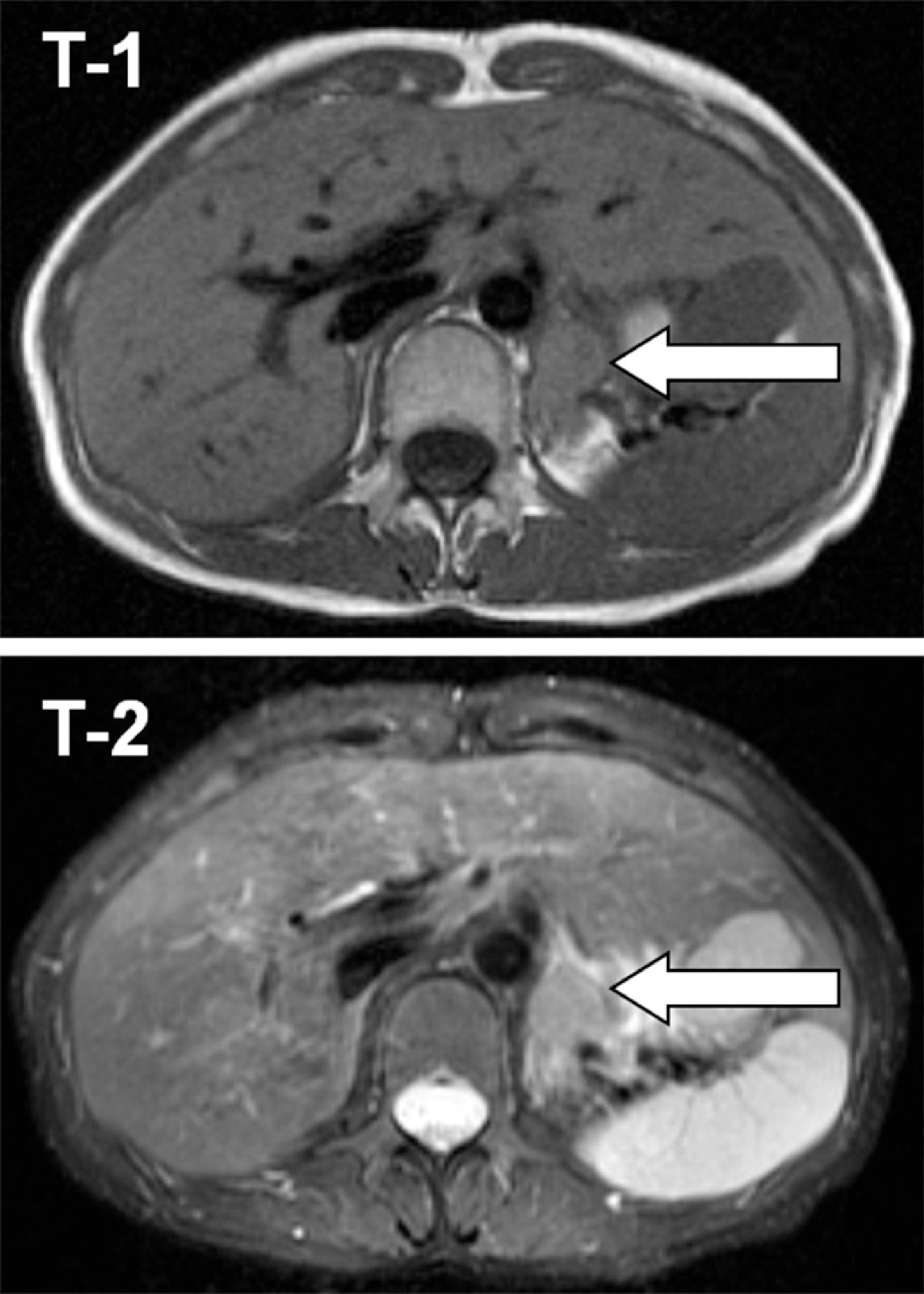

Stay updated, free articles. Join our Telegram channel

Full access? Get Clinical Tree



